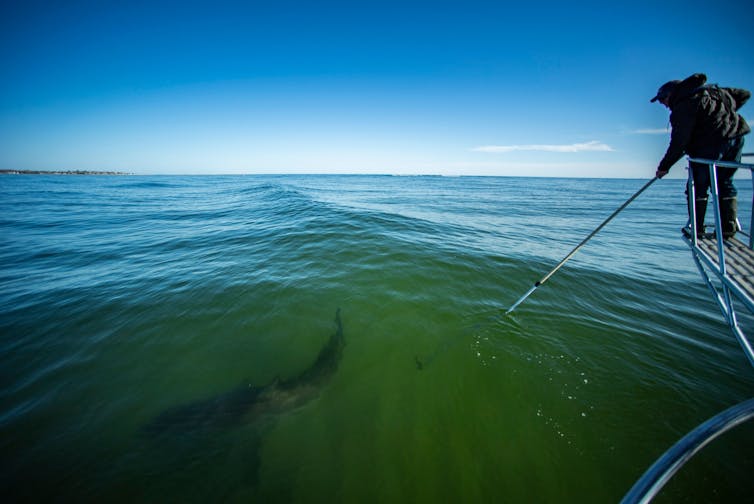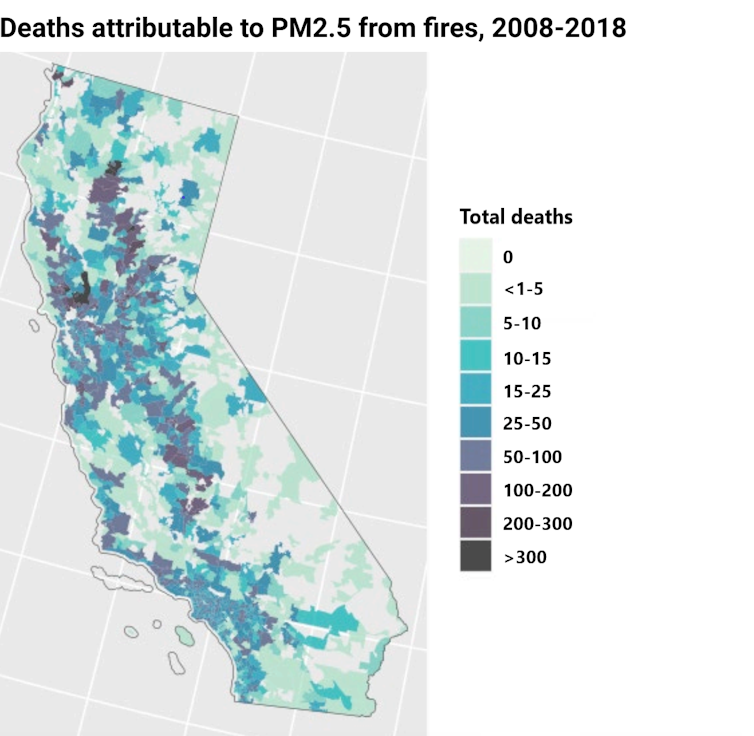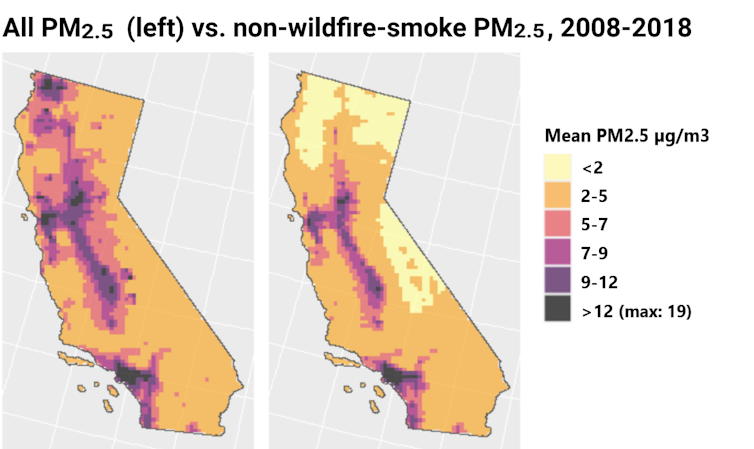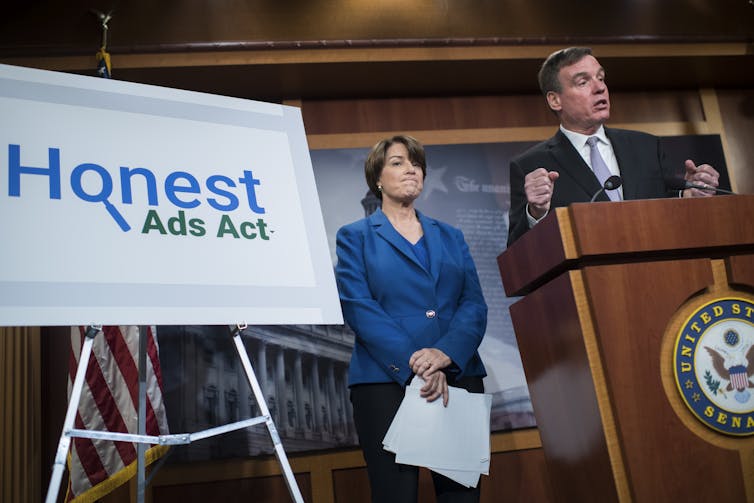Edward Carver, Common Dreams
July 5, 2024

Eggs
Common foods including white rice and eggs are linked to higher levels of "forever chemicals" in the body, new research from scientists at the Geisel School of Medicine at Dartmouth shows.
The researchers also found elevated levels of per- and polyfluoroalkyl substances (PFAS) in people who consumed coffee, red meat, and seafood, based on plasma and breast milk samples of 3,000 pregnant people. The findings, published in Science of the Total Environment, add to the mounting evidence of the accumulation of PFAS, which were developed by chemical companies in the mid-20th century, in the natural environment and the body.
"The results definitely point toward the need for environmental stewardship, and keeping PFAS out of the environment and food chain," Megan Romano, a Dartmouth epidemiologist and co-author of the paper, toldThe Guardian. “Now we're in a situation where they're everywhere and are going to stick around even if we do aggressive remediation."

Eggs
Common foods including white rice and eggs are linked to higher levels of "forever chemicals" in the body, new research from scientists at the Geisel School of Medicine at Dartmouth shows.
The researchers also found elevated levels of per- and polyfluoroalkyl substances (PFAS) in people who consumed coffee, red meat, and seafood, based on plasma and breast milk samples of 3,000 pregnant people. The findings, published in Science of the Total Environment, add to the mounting evidence of the accumulation of PFAS, which were developed by chemical companies in the mid-20th century, in the natural environment and the body.
"The results definitely point toward the need for environmental stewardship, and keeping PFAS out of the environment and food chain," Megan Romano, a Dartmouth epidemiologist and co-author of the paper, toldThe Guardian. “Now we're in a situation where they're everywhere and are going to stick around even if we do aggressive remediation."
PFAS are a class of 16,000 compounds linked to a wide range of adverse health conditions including cancer, with research ongoing. The chemicals' development and production went effectively unregulated for decades, but has received significant attention in recent years, with alarming studies coming out regularly.
3M, a consumer goods multinational that developed and manufactured many PFAS compounds, knew that they were accumulating dangerously in the blood of the general public, but concealed it, according to a recent investigation co-published by ProPublica and The New Yorker; the article was written by journalist Sharon Lerner, who previously reported on PFAS-related deception by 3M and Dupont for The Intercept.
Such corporations may yet face unprecedented legal action. As Steven Shapin wrote in the London Review of Books on Thursday, "It is thought that the monetary scale of American lawsuits against companies responsible for PFAS water pollution may eventually dwarf those involving asbestos and tobacco, considering that people are in a position to decide whether or not to smoke cigarettes but everybody has to drink water."
While much of the concern about PFAS has rightly centered on drinking water—in which they're found worldwide—that is just one of the ways the chemicals can get into the human body. A new study this week showed they can be absorbed through the skin.
Food intake is also a primary means of accumulation in the body, and the new Dartmouth study indicates which foods are the worst. The study doesn't explore why, though Romano discussed some possible reasons with The Guardian. Rice is likely contaminated because of PFAS in soil or agricultural water, while coffee could have PFAS because of various factors including filters. Animal products can be contaminated if, among other reasons, the ground that the animals lived off was treated with PFAS-fouled toxic sludge, which is used by farmers as a cheap alternative to fertilizer.
Even consumption of backyard chicken eggs lead to elevated levels of PFAS, and that could be because of the table scraps the chickens are often fed, Romano said.


















